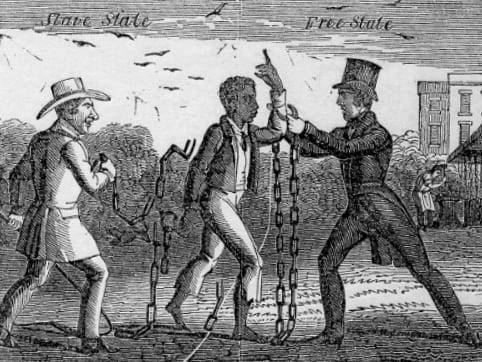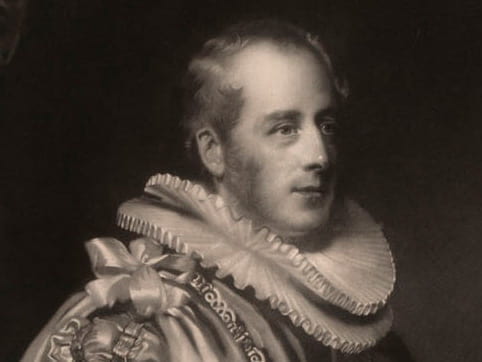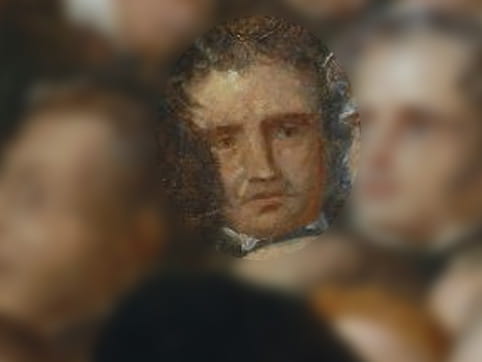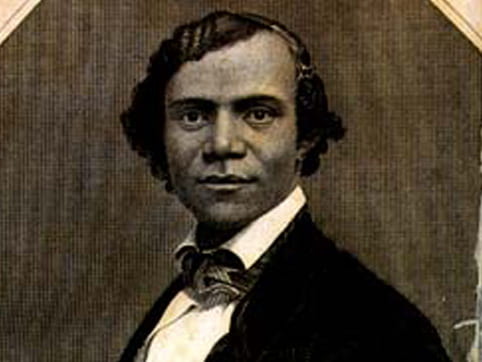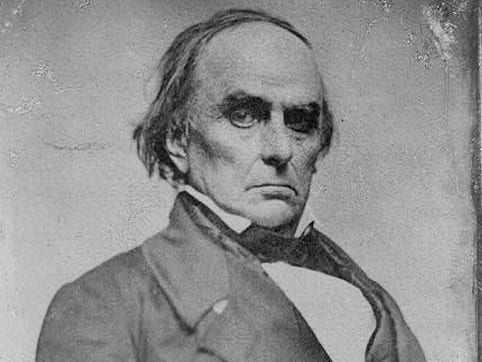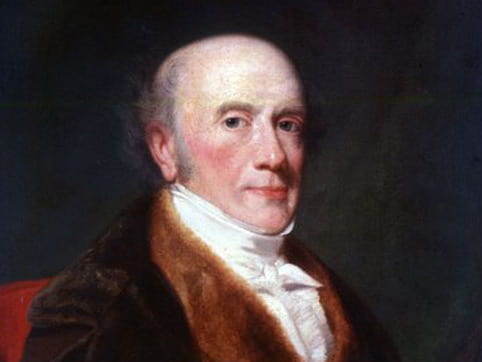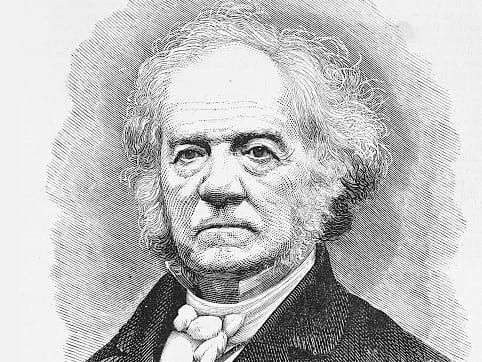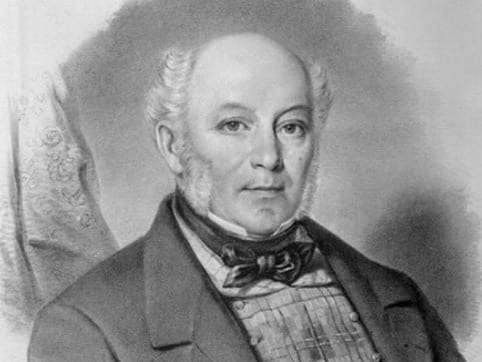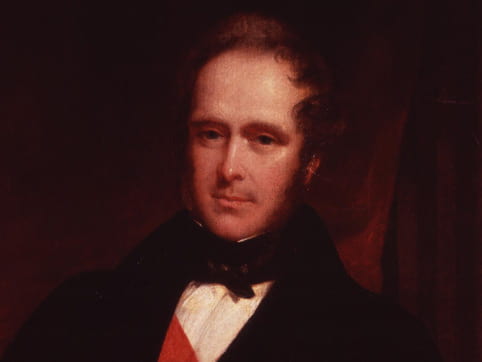Thomas Clarkson
Thomas Clarkson fought to abolish slavery in the British Empire and the international slave trade before turning his attention to Nelson Hackett and the Webster-Ashburton Treaty. He was the first to take up the fight against Article 10. Clarkson thought that Article 10 had been negotiated in good faith and that neither Webster nor Ashburton had intended the provision to cover fugitives from slavery. The wording, though, was bungled, making fugitives subject to extradition. This threatened the well-being of the 12,000 former fugitives then living in Canada: “slave owners, encouraged by the case of Nelson Hackett, and now having a legal right to make claims . . . will pester our government in Canada with thousands of applications.” For Clarkson, the solution was simple—the British government needed assurances from the United States that fugitives from slavery did not fall under the scope of Article 10. As he concluded, “I hope, when the treaty comes before parliament for ratification, that parliament will not sanction it as it now stands, unless there should be some previous understanding from the president himself that the treaty was never intended to include in it slaves.”

Image: Courtesy National Maritime Museum, Greenwich, London.
The Players
Nelson Hackett
An escaped slave who fled to Canada only to be captured and brought back to Arkansas.
Alfred Wallace
The man who claimed to own Nelson Hackett and accused him of stealing a race horse, saddle, coat, 100 £ ($500) in silver and gold coin, and a watch.
Sir Charles Bagot
Soon after assuming office, Governor General Sir Charles Bagot made the decision to send Nelson Hackett back to Arkansas on charges of theft.
Charles Stewart
Abolitionist and attorney who had been one of the founding officers of the Detroit Anti-Slavery Society and who interviewed Nelson Hackett when he was held in Detroit.
Henry Bibb
Henry Bibb, one of the leaders of Detroit’s Colored Vigilant Committee, helped mobilize support for Nelson Hackett.
Hiram Wilson
Hiram Wilson an abolitionist and an American Reverend ministering to Toronto’s fugitive population who visited Hackett at Sandwich.
Daniel Webster
As United States secretary of state, Daniel Webster negotiated the Webster-Ashburton Treaty in 1842.
Lewis Tappan
Lewis Tappan led the American abolitionist effort to amend the Webster-Ashburton Treaty.
Sir Allan Napier MacNab
Sir Allan Napier MacNab presented “Address of the Colored People of Hamilton,” which protested Nelson Hackett’s return to Arkansas, to Queen Victoria and Prince Albert.
Viscount Palmerston
Viscount Palmerston led the effort in the House of Commons to amend the Webster-Ashburton Treaty to protect fugitives from slavery from extradition.
